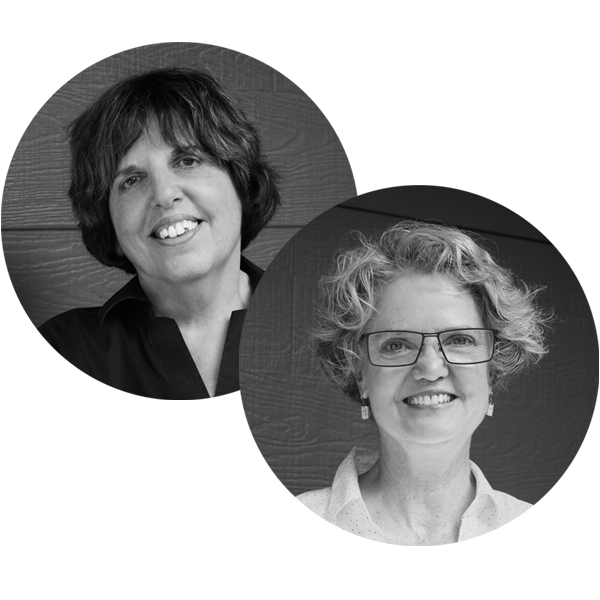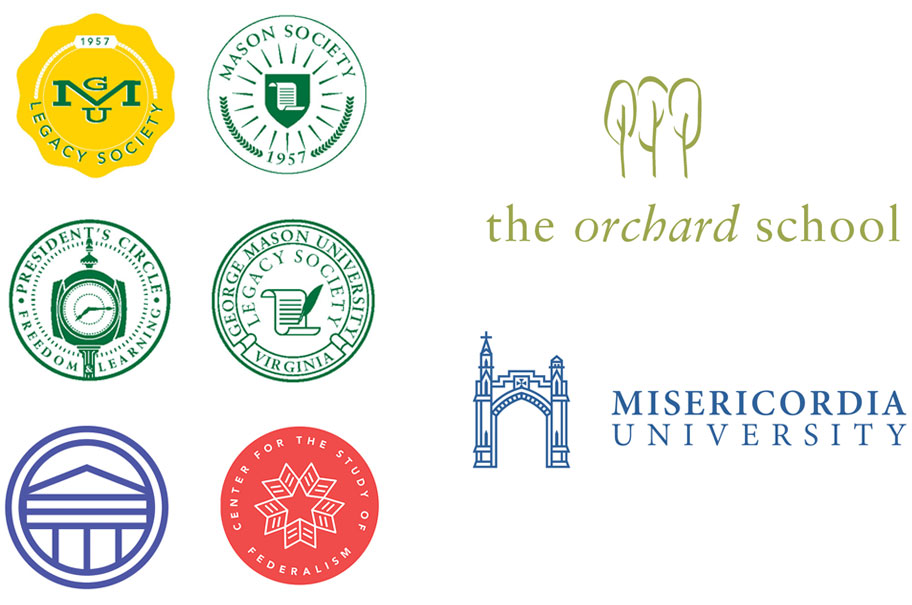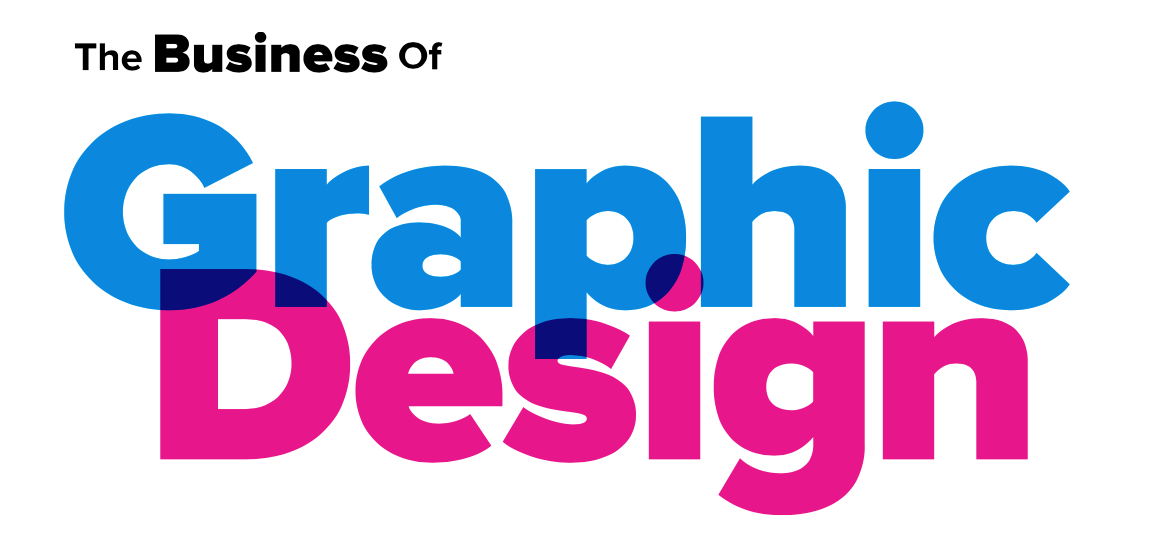
Interview With
Domenica Genovese and Brenda Foster are the founders and principles at Greatest Creative Factor (GCF) in Central PA. They have focused on the higher education market for over 20 years and their clients include Johns Hopkins, George Mason University, The Mary Louis Academy, and many other prestigious academic institutions.

DOMENICA: I’m Domenica Genovese, I am a partner and creative director at Greatest Creative Factor. We specialize in education for schools, colleges, and universities.
BRENDA: I’m Brenda Foster. I am the other partner at Greatest Creative Factor. Basically what I do is find clients, keep them happy, and try to make the path smooth for the creative work to follow.
DOMENICA: I worked for eight years at the North Charles Street Design Organization, one of the nation’s premier agencies for higher education. I loved the work and the clients. When we decided to start our own firm, I wanted to continue work in education. In fact, North Charles Street Design and Barton-Gillet were the two anchor firms in Baltimore from which many people exited to start their own businesses. That might be why Baltimore has become a bit of a Mecca for higher ed design.
BRENDA: We began with three partners. While working at NCSDO, Domenica and Stephanie Coustenis decided to start their own business. Because they didn’t have anybody to sell their work they asked me to join them. We started with no money and no clients. Other than that, no problems!
DOMENICA: For several months, Stephanie and I continued to work as freelance designers for NCSDO. That helped us bridge the gap while we began building a client base of our own. Our strategy? Brenda just began cold-calling for new work.
BRENDA: Our first office was in a home basement. It was crowded. We were working elbow to elbow for about six months. We bought a computer—a Mac II se, I believe—a cutting board, and a typewriter. Design was in a technological transition at that time so the typewriter was obsolete just after we bought it.
We only had one computer for the three of us. Remember, we started in 1989 so we were among the first design firms to own a computer. I literally used a plastic file box with file cards organized into the months and days. I just started writing down the names of people that I pulled from a phone directory for CASE (Counsel For the Advancement In Support of Education), which is an organization specific to our field. I just started writing down the names of people I wanted to contact.
I would call, and, if the line was busy, I would call again the next day. If they said they were busy and asked me to call them next month, I would make a note and call them in a month. I gradually began to build a catalog of names and people I would call every day. Many of the people I called actually knew of Domenica since she had won several design awards at the agency prior to starting our business.
My work today has changed quite a bit since those days. I don’t cold-call anymore and I no longer use file cards. Now I rely on SalesForce.

DOMENICA: We were legally structured as a corporation and still are, which was one of the best things we did. We wrote a business plan and had an accountant help us set up the business and the foundation for all our financial and legal documents.
I remember a moment of serendipity in the first month of our business. Brenda made the last phone call of the day on a Friday afternoon, around four o’clock…
BRENDA: Let me add something here. I set myself a goal of making thirty phone calls a day, and I would tell myself that if I didn’t make those thirty calls, I’m not going to eat. It was like I had to do this or starve. So that Friday afternoon I had made my thirty calls but decided to make just one more call before leaving the office.
DOMENICA: And that call was to George Washington University. When Brenda called, the client said, “You know, I actually do have something. Could you meet with me this afternoon?” We got in the car, raced down to D.C., and came back with a President’s Report—our first big project.
BRENDA: I look back now and think, “It’s been over 20 years, and I’m so grateful for the office that we have now.” I look back at all the hard work and think, “we did it.” But, it could be “uh-oh” at any moment. That’s what happens in business. There’s a book on my shelf called “Comfortable With Uncertainty.” That’s the attitude you need to succeed.
DOMENICA: We learned right away that you lose if you resist change. I had resisted learning about web design because I thought it was boring. Now I look forward to the next interactive project because I know it will give us a creative challenge.
“I set myself a goal of making thirty phone calls a day, and I would tell myself that if I didn’t make those thirty calls, I’m not going to eat. It was like I had to do this or starve. So that Friday afternoon I had made my thirty calls but decided to make just one more call before leaving the office.”
BRENDA: We don’t see ourselves as a design firm but rather a marketing and communications firm. Clients don’t come to us saying “We need a website or a video.” Instead, they come to us with a problem and we help them decide if the solution is print, video, or interactive.
DOMENICA: We compete against quite a few firms in the higher education arena. We’re finding that more firms— Pentagram for example—have become more heavily into higher education than they were ten or fifteen years ago when it was a low earning area. Since annual reports are on the decline and corporate work isn’t as profitable, more firms are competing within the higher education area. We often go up against huge firms. Sometimes we beat them, and sometimes they beat us.
BRENDA: We understand that some clients prefer working with a larger firm. They fear that a job won’t get done if somebody in a smaller firm is sick or out on vacation.
But we have never once dropped the ball. When we are furiously busy, we’ll call on freelance designers to work under Domenica’s direction.
Now we have the luxury to be more selective in taking on new work. That was unthinkable in the early days even though we always aimed for the plumiest, most conceptual projects. We’d take on pro bono work just to have a crack at doing creative, groundbreaking design.

We’ve learned the hard way that just saying “No” is the best way to manage growth. Now our firm expands and contracts around our projects. We have learned to carefully examine overhead before we add staff or technology. When we are overwhelmed with work, we hire freelancers. If the growth doesn’t continue we don’t have to fire anybody.
The classic MBA model is, “Get a big account, hire people, and push the sales to keep that level. If it drops, you fire people.” The problem is I do not enjoy or want to fire people. But I can say to an outside contractor, “I don’t have any work for you this month.”
It’s important to learn from the bad experiences that happen in business. You’re going to make mistakes and some mistakes are more painful than others. For example, we once hired a firm to do some back-end web work for us. At the time, I didn’t understand all the complexities of this kind of partnership, and I wrote a contract that didn’t protect our firm from damage by the other party. The partner firm failed to meet its obligation to the client and we were left to clean up the problem at our cost. We lost an enormous amount of money on the project. Now when we partner with an outside agency, our contracts are much more detailed about the terms, the time frame, and the costs.
“I learned that you cannot do this work if you are closed up and stressed out. You have got to relax and just let it flow. That’s when the good ideas happen. You also need a deep curiosity about the world. Curiosity is a driving force behind creativity.”
DOMENICA: I remember a difficult but valuable lesson I learned in the first year of our business. I was struggling with a design project but the deadline was not urgent, so I thought, “Oh, no problem, I have plenty of time to get this right.” But the deadline kept getting closer and I was still making no progress. The day before the deadline I went into panic mode. I was so paralyzed by anxiety that I couldn’t sit still. I got up and walked out of the office saying, “I have to go out.” I had never done that before.
I got in the car and started driving with tears in my eyes. Somehow I made it home. I walked in and plopped down on the sofa. Suddenly the light bulb turned on. “Oh! I know what I can do on that project!” So I jumped up, raced back to the office and completed a really cool design for the presentation.
I learned that you cannot do this work if you are closed up and stressed out. You have got to relax and just let it flow. That’s when the good ideas happen. You also need a deep curiosity about the world. Curiosity is a driving force behind creativity.



